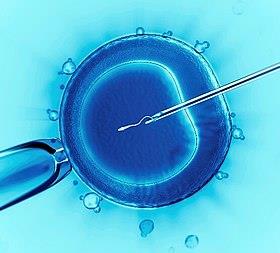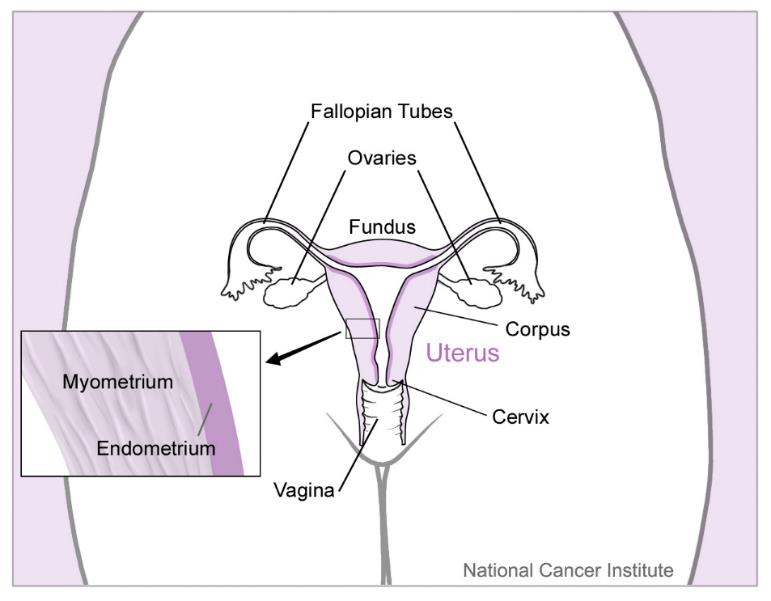


Joseph R. Anticaglia, MD
Medical Advisory Board
In vitro fertilization (IVF) is a medical procedure used to help couples have a baby who are dealing with fertility issues. It is the most common form of assisted reproductive technology (ART) which involves combining an egg and sperm outside the body in a laboratory. Couples are evaluated to understand the reason(s) for the infertility and treatment strategies using IVF
According to the CDC, approximately one in five (19 percent) of married women in the United states aged 15 to 49 are unable to get pregnant after one year of trying (infertility). And it is not just a women’s problem. About 9% of men and 11% of women of reproductive age in the United states have experienced fertility problems says the National Institute of Child Health and Human and Development (NICHD).

Agnes and Matthew when asked why they opted for IVF; Matt simply said: “We’ve been trying to have a baby for the past 14 months with no success. We just want to have a family. We finally consulted a fertility specialist and discovered I was shooting blanks — low sperm count. My wife was A-OK.” Besides low sperm production, blockages and other causes can prevent sperm from being delivered to the fallopian tube.
Normal conception, called fertilization, happens when an egg is released from a woman’s ovary and a man’s sperm are joined together usually in the fallopian tube, which is a tube-like structure that connects the ovary to the uterus. The fertilized egg in the fallopian tube divides and becomes an early embryo.
After a few days, the embryo successfully travels down the fallopian tube and is implanted in the uterine wall where it develops into a fetus, and eventually an infant. The complex process fundamentally involves ovulation, the release of an egg from the ovary, fertilization, and implantation (embryo transfer to the uterus)

Based on CDC’s 2021 Fertility Clinic Success Rates Report, there were 91,906 live births utilizing assisted reproductive technology (ART), especially IVF, in the United States. After the initial evaluation, the following are nine basic steps to help explain how IVF works.
The woman undergoes hormonal therapy to stimulate her ovaries to produce multiple eggs instead of the usual one each month during her menstrual cycle.
Regular ultrasound scans and hormone level checks are conducted to monitor the growth of ovarian follicles, which contain the eggs.
When the follicles are mature, a minor surgical procedure is performed to retrieve the eggs. This is typically done under sedation or anesthesia. A needle is inserted into the ovaries, and the fluid containing the eggs is aspirated.
The male partner provides a semen sample on the same day as egg retrieval. If there are male infertility issues, sperm may be obtained through other means like testicular biopsy. The collected sperm sample is prepared in the laboratory to isolate healthy, motile sperm.
The eggs and sperm are combined in a laboratory “petri” dish or a specialized chamber. This process is called insemination. Alternatively, in cases of severe male infertility or for other reasons, a single sperm may be injected directly into each mature egg in a technique called intracytoplasmic sperm injection (ICSI).
After fertilization, the embryos are cultured in a special incubator under controlled conditions. They are monitored carefully for proper development over the next few days.
Typically, after 3 to 5 days of embryo culture, one or more embryos that have developed well are selected for transfer. Using a thin catheter, the embryos are implanted, placed into the woman’s uterus through the cervix. This step bypasses the fallopian tube. Any remaining viable embryos can be cryopreserved (frozen) for future use.
About two weeks after the embryo transfer, the luteal phase, a pregnancy test is conducted to determine if the procedure was successful.
If the pregnancy test is positive, prenatal care begins, and the pregnancy progresses as with any natural conception. If the IVF cycle is unsuccessful, further discussions and evaluations may be conducted to determine next steps, which may include additional IVF cycles or exploring other options.
A full in vitro fertilization cycle typically takes about two to three weeks, but it can take longer…
Briefly, the IVF cycle involves the Initial evaluation, Ovarian stimulation, Egg retrieval, Fertilization, Embryo transfer and Pregnancy test, plus lots of hoping and waiting.
IVF has dramatically altered fertility treatment, offering hope to many would-be parents. The success rate varies depending on the age, health and other factors. The risks include multiple pregnancies, ectopic pregnancies, unsuccessful outcome, and ovarian hyperstimulation syndrome (OHSS), which is a severe reaction to fertility drugs.
Some estimate that more than ten million “IVF Babies” have been born worldwide since the pioneering work of Dr. Patrick Steptoe and Dr. Robert Edwards. The first successful in vitro fertilization pregnancy, which culminated in a live birth, happened in 1978. Louise Joy Brown was born on July 25th, 1978, in Manchester England, to parents Lesley and Peter Brown. The baby was delivered via a caesarean section, or C-section, weighed 5 pounds and 12 ounces. The Browns had a second daughter via IVF, Natalie.
Louise and Natalie, both “IVF Babies” gave birth to healthy infants which were conceived naturally. I imagine they, and their parents, and others around the world “just wanted to have a family.”
Louise Joy Brown was the first infant to be conceived outside a living organism — in a laboratory. She is the first “IVF Baby.”
Dr. Robert Edwards, British physiologist, won the 2010 Nobel prize in Medicine for his work in the development of in vitro fertilization (IVF) which led to the first test tube baby.
In vitro means “in glass.” It refers to experiments that researchers perform outside of a living organism.
This article is intended solely as a learning experience. Please consult your physician for diagnostic and treatment options.